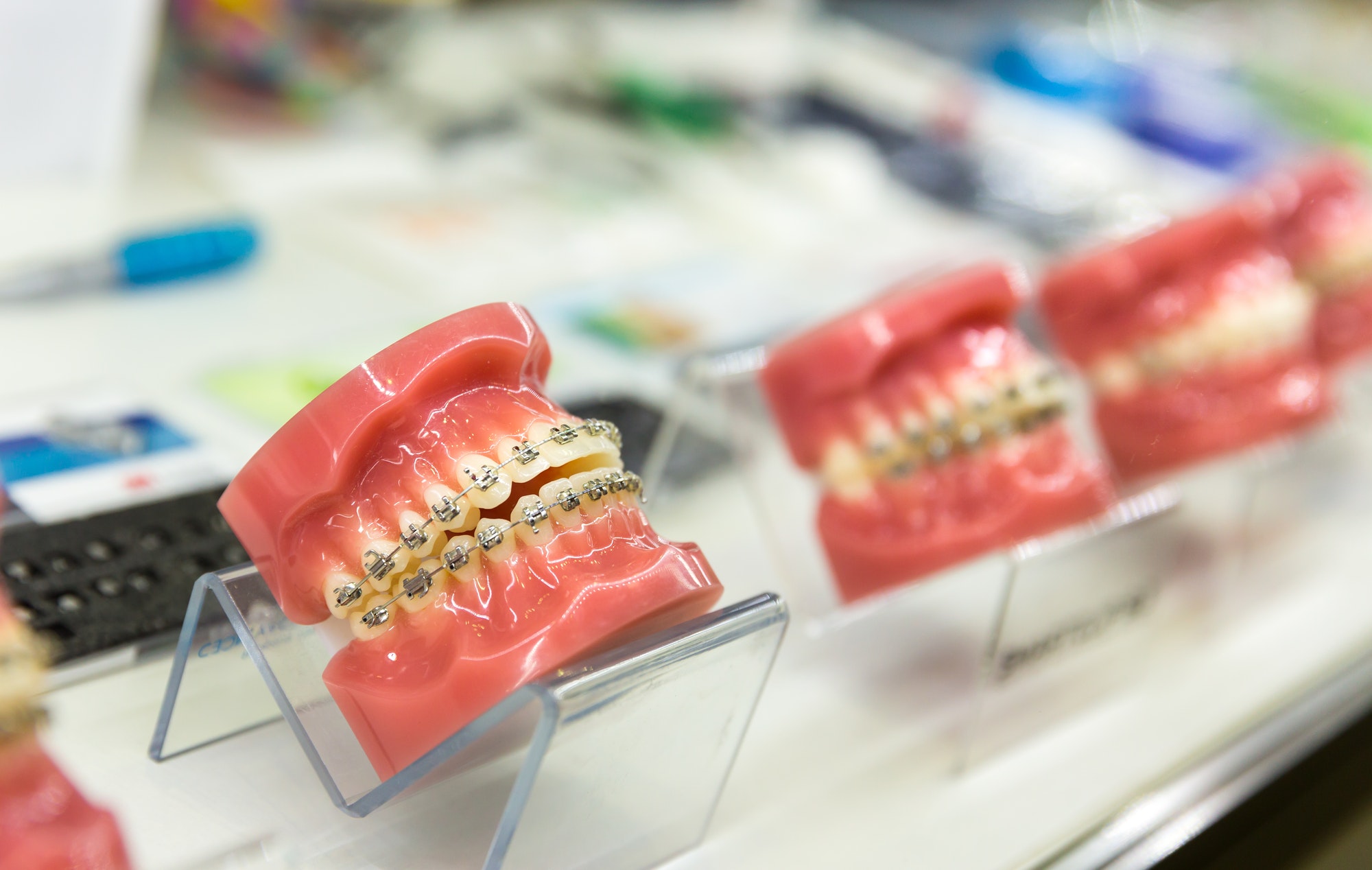What Is Orthodontics?
Orthodontics is the branch of dentistry that corrects teeth and jaws that are positioned improperly. Crooked teeth and teeth that do not fit together correctly are harder to keep clean, are at risk of being lost early due to tooth decay and periodontal disease, and cause extra stress on the chewing muscles that can lead to headaches, TMJ syndrome and neck, shoulder and back pain. Teeth that are crooked or not in the right place can also detract from one’s appearance.
The benefits of orthodontic treatment include a healthier mouth, a more pleasing appearance, and teeth that are more likely to last a lifetime.
How do I Know if I Need Orthodontics?
If you have any of the following, you may be a candidate for orthodontic treatment:
- Overbite, sometimes called “buck teeth”— where the upper front teeth lie too far forward (stick out) over the lower teeth
- Underbite— a “bulldog” appearance where the lower teeth are too far forward or the upper teeth too far back
- Crossbite— when the upper teeth do not come down slightly in front of the lower teeth when biting together normally
- Open bite— space between the biting surfaces of the front and/or side teeth when the back teeth bite together
- Misplaced midline— when the center of your upper front teeth does not line up with the center of your lower front teeth
- Spacing— gaps, or spaces, between the teeth as a result of missing teeth or teeth that do not “fill up” the mouth
- Crowding— when there are too many teeth for the dental ridge to accommodate
- How Does Orthodontic Treatment Work
- Many different types of appliances, both fixed and removable, are used to help move teeth, retrain muscles and affect the growth of the jaws.
- Braces — the most common fixed appliances, braces consist of bands, wires and/or brackets. Bands are fixed around the teeth or tooth and used as anchors for the appliance, while brackets are most often bonded to the front of the tooth.
- Removable appliances include: Aligners— an alternative to traditional braces for adults, serial aligners are being used by an increasing number of orthodontists to move teeth in the same way that fixed appliances work, only without metal wires and brackets. Removable retainers — worn on the roof of the mouth, these devices prevent shifting of the teeth to their previous position.

Leave a Reply